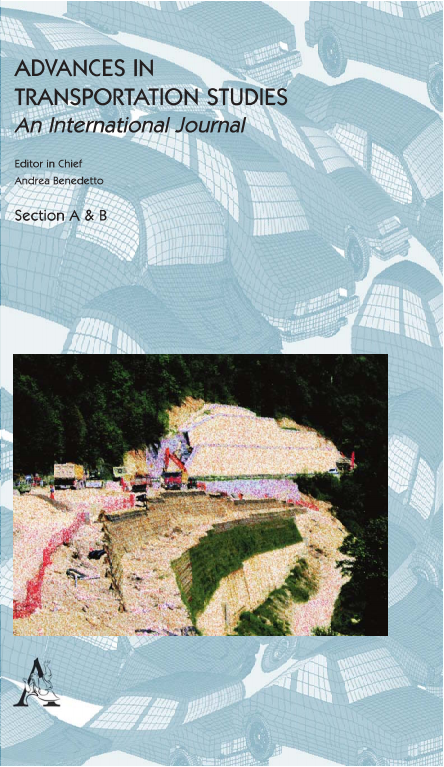
Stopping Sight Distance (SSD) is a key control element which directly affects the suggested values of crucial road design parameters. Although there is a significant difference in SSD values between upgrades and downgrades, many Design Policies ignore the grade effect during vehicle braking on variable grades. Such a case is experienced during the determination of sag vertical curvature rates where the relevant SSD values
are extracted assuming leveled road geometry. The paper investigates possible deficiency of this approach, regarding cases where the length of the vertical curve exceeds the control SSD values. The authors addressed the SSD calculation on variable grades during the braking process through a recently developed process that relates the point mass model and the laws of mechanics. For a wide range of design speed values, charts illustrating the required SSDs were drawn as a function of negative entering grade values related to control sag vertical curve rates, as adopted by AASHTO. The process revealed numerous SSD shortage areas, where the authors provided revised sag vertical curvature
rates, in order to grant SSD adequacy throughout the vehicles’ breaking process. Furthermore, the authors aiming to provide the designers with ready-to-use vertical design tool associated the amended vertical curvature rates to AASHTO’s road functional classification, as a function of the sag vertical curve’s entering grade value.
| ID | pj109 |
| Manuscript | |
| DOI | |
| Tags | road design, road infrastructure |













